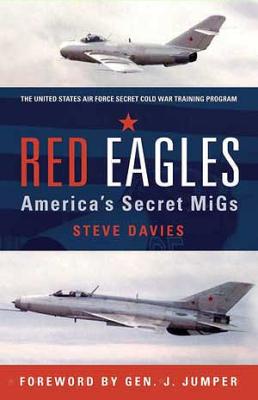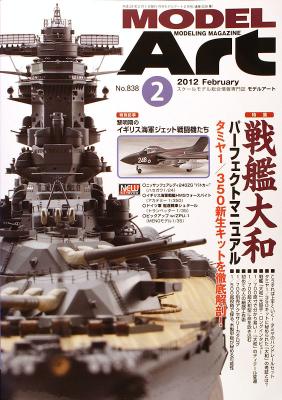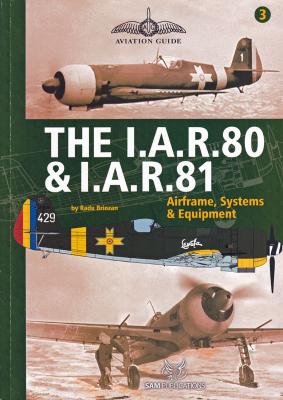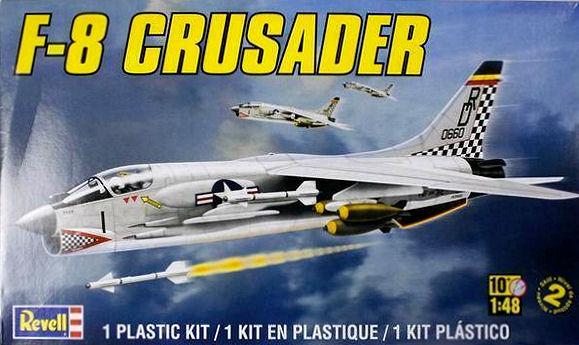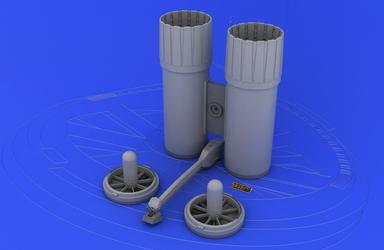During the Vietnam War, it became apparent that the tactics used by American pilots were not working well. An effort was made to analyze all US vs. MiG engagements, which became known as the Red Baron reports. The study recommended that Dissimilar Air Combat Training (DACT) was needed and, further, that the Air Force needed to give its fighter pilots realistic training with enemy aircraft or realistic substitutes. Aggressor squadrons were formed, assembled and put to use training and flying T-38s and F-5s to provide the Air Force fighter pilots DACT training. The Navy also formed TOPGUN as an Adversary training squadron to do this same training. The last part of the Red Baron recommendations did come about with the acquisition of MiG assets and American pilots to fly them in realistic training with CONSTANT PEG. The American pilots flew as members of the 4477th Test & Evaluation Flight and became known as the Red Eagles.
Welcome to the IPMS/USA Reviews site!
Introduction: The primary organization of the IPMS/USA Review website is by IPMS/USA National Contest Class. Within each Class there are sub-menus by kits, decals, books, etc. The Miscellaneous Class is for items that are not class specific or that cross two or more classes.
IPMS/USA Members: We encourage you to submit reviews, both here and to the Journal. To volunteer for membership in the IPMS/USA "Reviewers Corps" and submit your own reviews, please read the Guidelines For Submitting Product Reviews.
Manufacturers, publishers, and other industry members: IPMS/USA is pleased to offer your company the opportunity for product reviews. All product reviews are performed by IPMS/USA members, and are posted in the publicly-accessible section of our website. With very few exceptions, we perform full build reviews of new kit releases, aftermarket products, and supplies. If you would care to provide product samples for review, please contact John Noack, IPMS/USA 1st VP.
To learn more about IPMS/USA, please see our About Us page.
ModelArt No. 838 monthly update features new kits of the iconic Imperial Japanese Navy (IJN) battleship Yamato, as well as the usual new kit reviews and features. Pages 7-49 illustrate five new Yamatos ranging from 1/150 to 1/700 scale. Each model shows new aftermarket details, photoetch sets, and how to use them. Tamiya 1/350 1945 version, Fujimi 1/700 20in version, Tamiya 1/700 Leyte Gulf version, a scratchbuilt 1/150 full hull model, and Fujimi 1/500 1941 with wood deck are featured. Yes, that is right – Fujimi came out with a what-if version of Yamato with twin 20in gunned main turrets replacing the usual 18in turrets, and a new AA fit, including 100mm turrets, 40mm Bofors and quad 20mm mounts. Now you can get a model of Yamato in every modification, even one that never was. The text is in Japanese, but the numerous photographs help decipher what is being done.
The usual features follow:
I’ve loved the looks of the I.A.R.80 since the LTD model came out. There is something about the look of the airplane that makes it look like the Hughes racer. It is sleek and sexy and relatively unknown in the western world.
Prior to this book, there have been very few references available on the I.A.R.80. There was a book published in Rumanian, and later French, I.A.R.80 – The History of an Unknown Fighter, which is very good. I have a copy and the photos make it worth the price of admission. However, I can’t read it. This book by noted Rumanian aviation historian, Radu Brinzan, fixes that.
This kit is a re-release, complete with raised lettering on the underside of one stabilizer showing the 1988 date. The decals are new. It is highly recommended as the next kit for a younger modeler ready to move up from snap-together kits.
The kit shows its age in the uncomplicated engineering, raised panel lines, and very simple cockpit – but it is a true delight to build. 62 parts come in the box, and there are two options, one Navy and one Marine Corps. The instructions show the Navy version with Sidewinder missiles and the Marine version with 6 roughly 500 lb pound bombs. The in-flight refueling station can be built closed or with probe extended. The instructions are clear and easy to read – with one exception. A list of parts and color guide is included, though no call-outs for any particular brands.
When Eduard started their "Brassin" series of detail parts, they really raised the bar for aftermarket detail manufacturers. Burner cans and exhausts, regardless of the scale, have always been an area that was badly in need of assistance, even with kits like Tamiya's F-4J Phantom. That seam down the middle of tubular structures has always been a modeler's nightmare. Eduard's Brassin series has done a fantastic job of taking care of that problem and has taken even resin casting to a new level.











